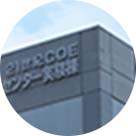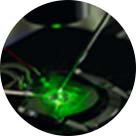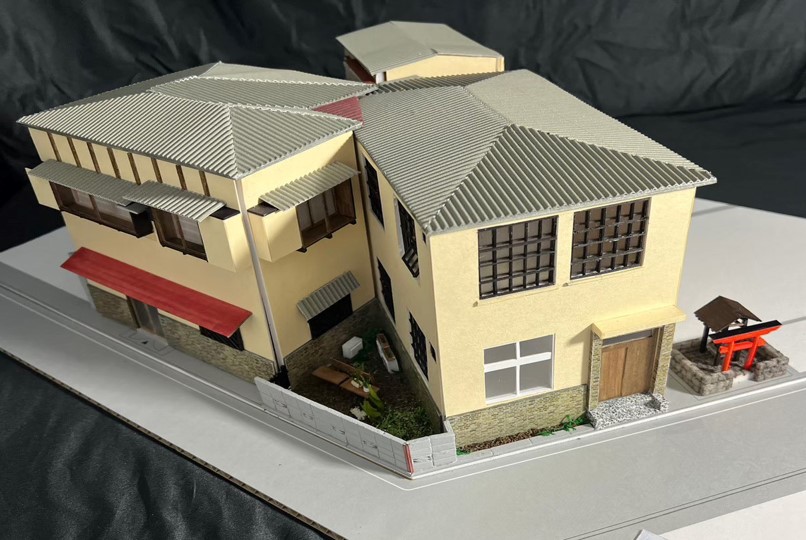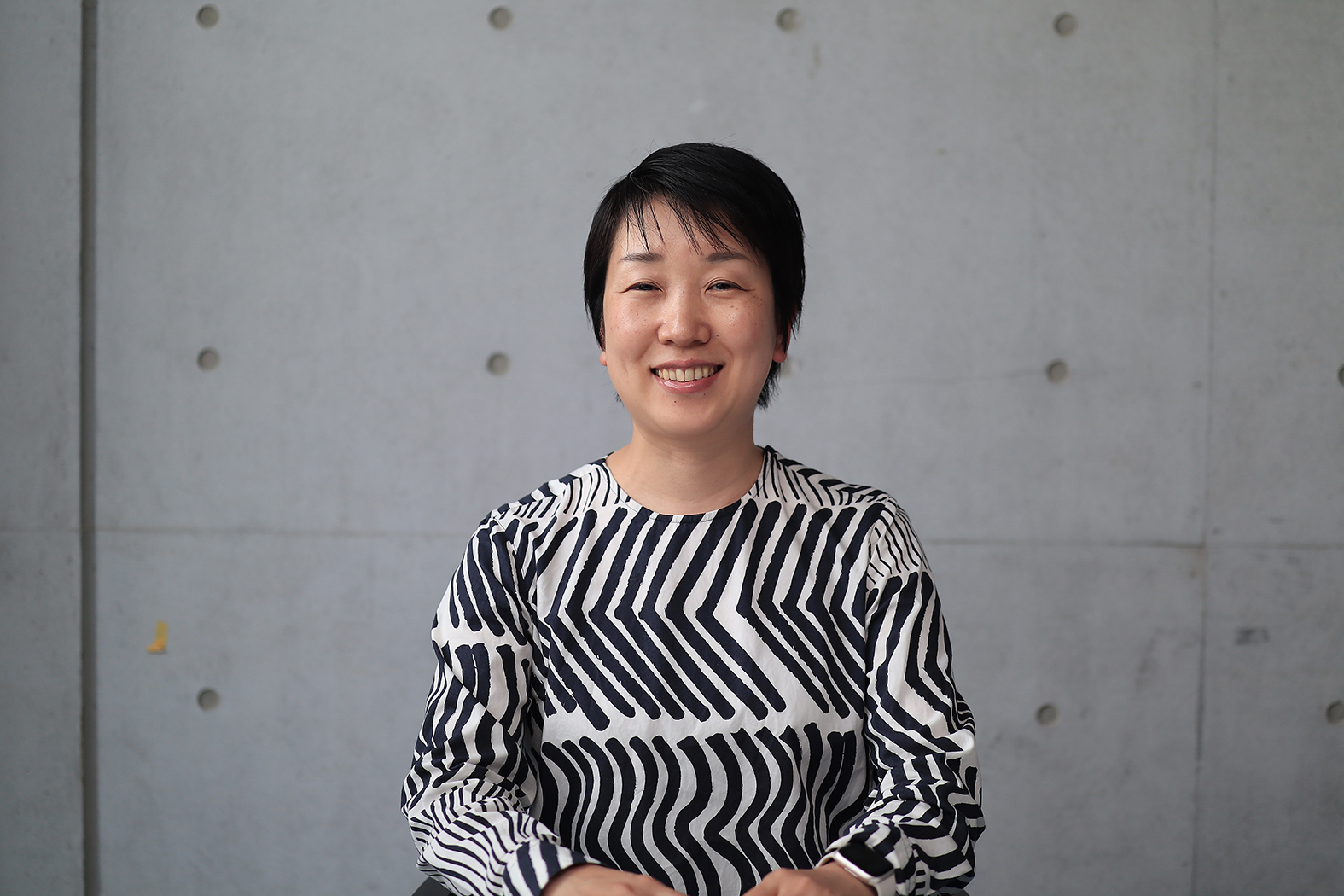■ Background and Objectives of the Division
In response to the increasingly complex and interrelated challenges facing today’s urban environments and lifestyles, this division aims to develop and deepen a new integrated body of knowledge—the Study of Regenerative and Sustainable Urban Space—that guides the formation and renewal of sustainable urban environments.
The division also seeks to expand a collaborative research network with academic institutions, local governments, and private-sector partners, from areas surrounding our campus to communities across Japan. Through these efforts, it will serve as a central hub that connects various architectural, urban, and community-based initiatives at Tokyo University of Science, while actively communicating our contributions to regional development in a visible and meaningful way.
■ Research Structure and Members
This research division is composed of faculty members specializing in architecture and urban studies from the Kagurazaka, Katsushika, and Noda campuses. By integrating research on history, design, and community development with engineering studies on building and urban performance and disaster prevention, we aim to preserve and sustain architectural and urban cultures.
This research institute is organized around four core categories, where experts from diverse fields collaborate to generate integrated knowledge and promote interdisciplinary research:
- Architectural and Urban History, Preservation, and Renewal
Revitalizing architectural and urban spaces by preserving cultural values while adapting them to modern needs - Architectural Planning and Environmental Design
Designing and improving spaces that balance human-centered perspectives with environmental performance - Urban Analysis and Community Planning
Analyzing urban spaces through data-driven approaches and building sustainable local communities - Disaster Recovery, Urban Fire Safety, and Structural Reinforcement
Creating disaster-resilient cities and enhancing the structural resilience of buildings
These research groups will work in close coordination, integrating theory and practice to explore holistic approaches to the next generation of architectural and urban spaces.
In addition, we aim to strengthen institutional collaboration within the university, fostering the convergence of a broad range of academic disciplines related to regenerative urban environments. By deepening our understanding of diverse cultures and academic perspectives, we seek to contribute visibly and meaningfully to regional development.
■ University and Regional Engagement
There has been increasing discussion on the role universities should play in contributing to society and how local collaboration should be integrated into higher education. In this broader context, the importance of giving back to society through research and education is crucial. Today, universities are expected to be active social entities, engaging in collaborative efforts with local communities, industries, and public institutions.
As a university with multiple campuses in Tokyo and Chiba, we recognize the value of contributing to each locality’s appeal and vitality. By leveraging expert knowledge in architecture and urban studies, we aim to support the effective use of local resources, address regional challenges, and build cooperative relationships with local governments, residents, and businesses. We believe in fostering meaningful connections among these stakeholders through collaborative initiatives.
We envision active engagement beyond the Tokyo metropolitan area, including technical cooperation in disaster-affected regions and other areas across Japan facing urban and architectural challenges. Through an interdisciplinary approach that integrates diverse areas of expertise, our division is committed to addressing not only theoretical issues but also real-world, practical challenges.
■ Katsushika
Faculty members of our division are collaborating to evaluate the historical significance of the former Mizumoto Elementary School—a rare wooden school building remaining within Tokyo’s 23 wards and a designated cultural property of Katsushika Ward—as well as to study methods for seismic reinforcement in response to structural safety concerns.
■ Kagurazaka
We conducted architectural surveys and created scale models of two important buildings in Kagurazaka: Traditional ryotei “Uotoku” (closed in 2022) and the Tokyo Kagurazaka Association Office, commonly known as “Kenban.”
■ Noda
In collaboration with the local community, we host the annual Tone Canal Theater Night, an event that showcases the cultural and historical charm of the Tone Canal area.
■ Toyama Prefecture (Affected by the Noto Peninsula Earthquake)
In response to earthquake damage in Imizu City, Toyama Prefecture, we are working with the Toyama Prefectural Wood Research Institute to develop earthquake-resistant shelters using locally sourced timber.











